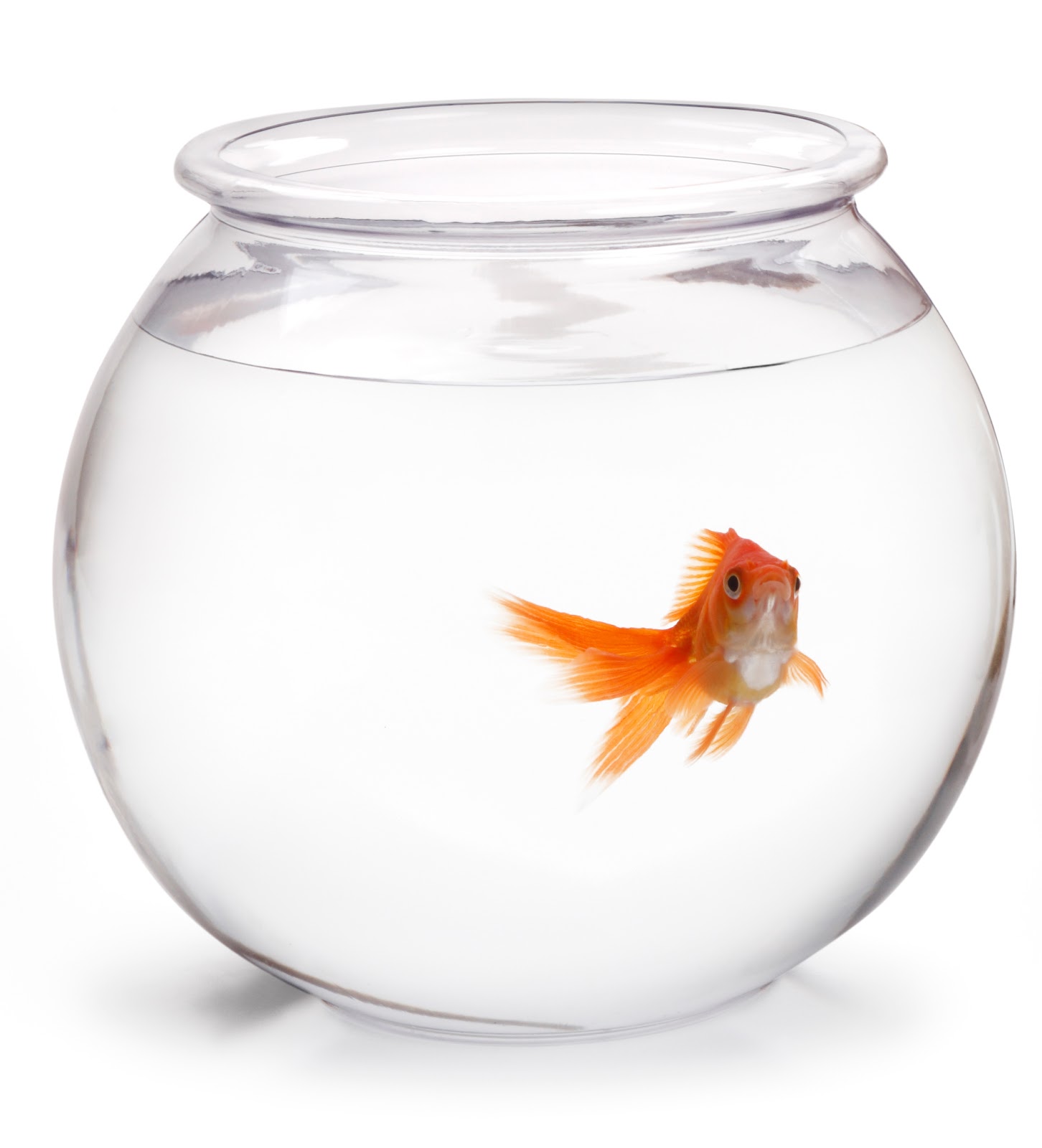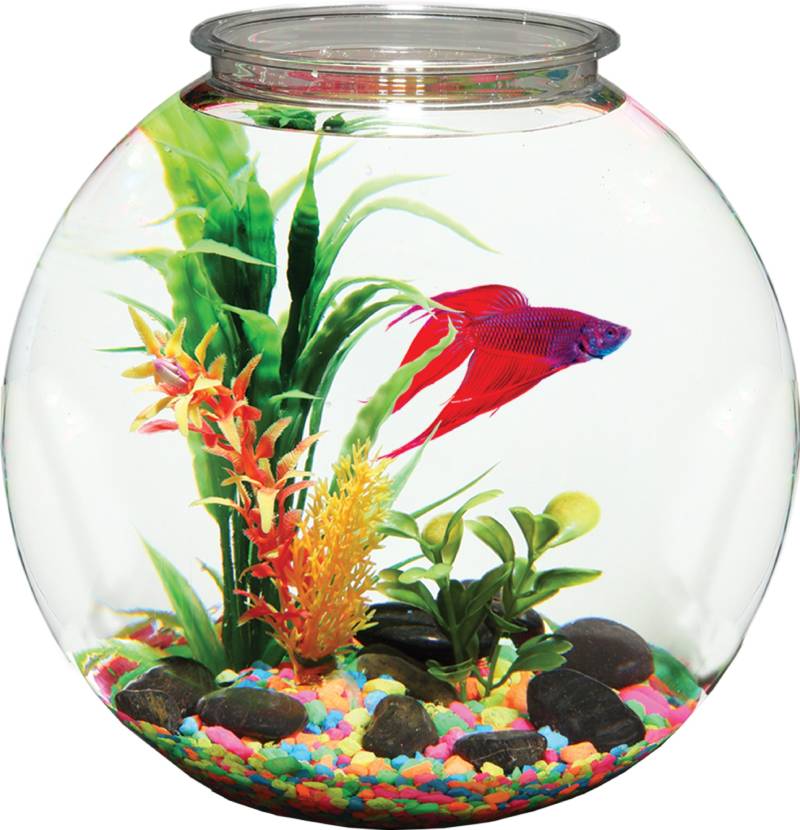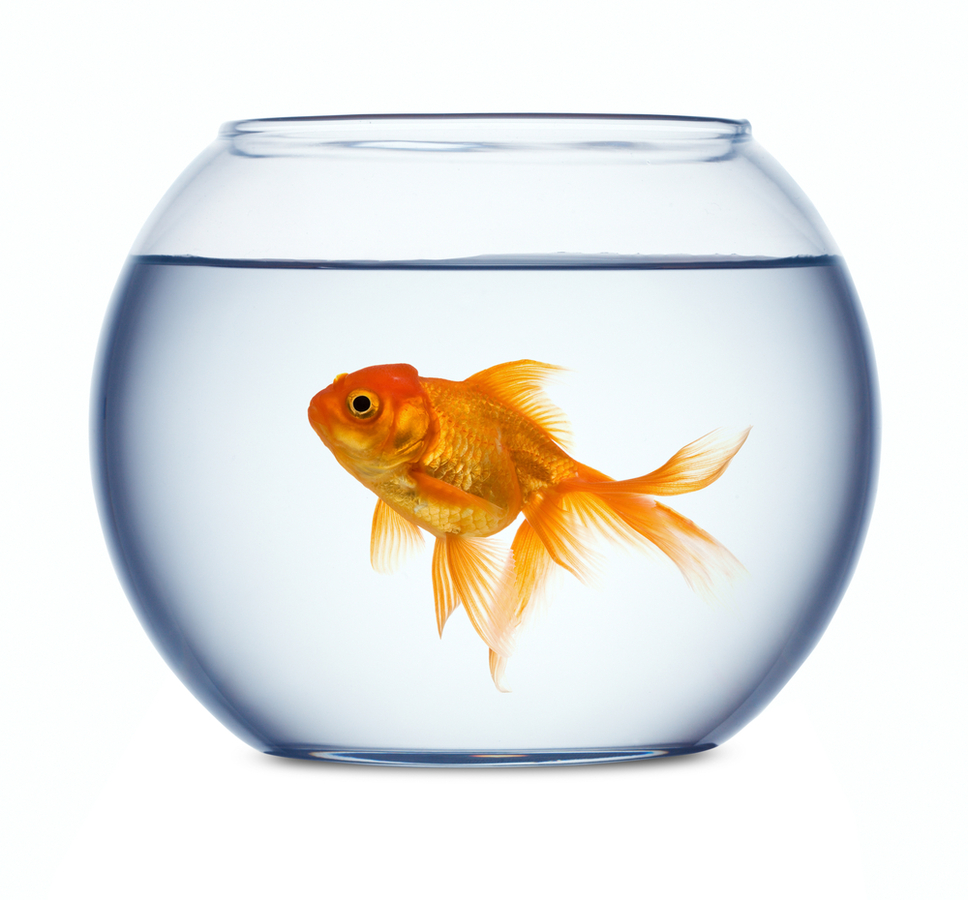
Introduction
A fish bowl is a transparent container used to keep and display fish. It is a popular choice among fish enthusiasts due to its simplicity and aesthetic appeal. Fish bowls come in various sizes, shapes, and materials, allowing individuals to create unique and personalized aquatic habitats for their fish.
Benefits of a Fish Bowl

There are several advantages to using a fish bowl as opposed to other types of fish tanks. Firstly, fish bowls are relatively inexpensive compared to larger aquariums. They are also easy to clean and maintain, making them ideal for beginners or individuals with limited time.
Furthermore, fish bowls have a small footprint, making them suitable for those with limited space. They can be placed on various surfaces, such as desks, shelves, or countertops, adding a touch of nature to any room.
Another benefit of a fish bowl is its visual appeal. The spherical shape and clear walls provide a unique and captivating view of the fish, enhancing the overall aesthetic of the environment.
Choosing the Right Fish Bowl

When selecting a fish bowl, there are a few factors to consider. The size of the fish bowl should be appropriate for the type and number of fish you plan to keep. It is crucial to provide enough space for the fish to swim comfortably.
Additionally, the material of the fish bowl is important. Glass fish bowls are the most common choice as they are sturdy, provide excellent visibility, and are easy to clean. However, acrylic fish bowls are also available, offering a lighter alternative with enhanced durability.
Lastly, consider the shape of the fish bowl. While spherical bowls are popular, cylindrical or rectangular shapes are also available. Choose a shape that complements your desired aesthetic and fits well in the chosen space.
Setting Up a Fish Bowl

Properly setting up a fish bowl is crucial for the health and well-being of the fish. Follow these steps for a successful fish bowl setup:
1. Rinse the fish bowl with clean water to remove any dust or debris.
2. Add a layer of gravel to the bottom of the fish bowl. Gravel provides a natural-looking substrate and helps anchor any decorations.
3. Install a small filter or air pump to maintain water circulation and oxygenation. This is essential for the fish's health.
4. Fill the fish bowl with dechlorinated water. Treat tap water with a water conditioner to remove harmful chemicals that can be harmful to fish.
5. Introduce live or artificial plants to provide hiding spots and create a more natural environment for the fish.
6. Allow the fish bowl to cycle for at least 24 hours before adding fish. This allows beneficial bacteria to establish and create a healthy environment.
Choosing Fish for a Fish Bowl

Not all fish are suitable for fish bowls due to their size and specific care requirements. It is important to choose fish that are compatible with the size of the bowl and can thrive in a smaller environment.
Common fish species suitable for fish bowls include Betta fish, guppies, tetras, and goldfish. Research the specific needs of each species and ensure they can coexist peacefully within the limited space.
Avoid overstocking the fish bowl, as overcrowding can lead to poor water quality and stress among the fish. Follow recommended guidelines for the number of fish based on their size and the size of the fish bowl.
Maintaining a Fish Bowl

Regular maintenance is essential to keep a fish bowl clean and ensure the health of the fish. Follow these guidelines for maintaining a fish bowl:
1. Perform partial water changes every week. Remove around 20-30% of the water and replace it with fresh, dechlorinated water. This helps remove toxins and maintain water quality.
2. Clean the gravel using a siphon or gentle vacuum to remove any debris or uneaten food that may accumulate. Be cautious not to disturb the fish or plants while cleaning.
3. Wipe the inside walls of the fish bowl with a clean, non-toxic sponge or cloth to remove algae buildup. Avoid using any harsh chemicals that could harm the fish.
4. Check the filter or air pump regularly to ensure it is functioning properly. Clean or replace the filter media as per the manufacturer's instructions.
5. Monitor the water temperature and use a heater if necessary to maintain a stable and appropriate temperature for the fish.
Conclusion
Fish bowls offer a unique and visually appealing way to keep and display fish. Their simplicity, affordability, and compact size make them an excellent option for beginners or individuals with limited space. By choosing the right fish bowl, setting it up correctly, selecting suitable fish species, and maintaining it regularly, you can create a beautiful and thriving aquatic environment for your fish.